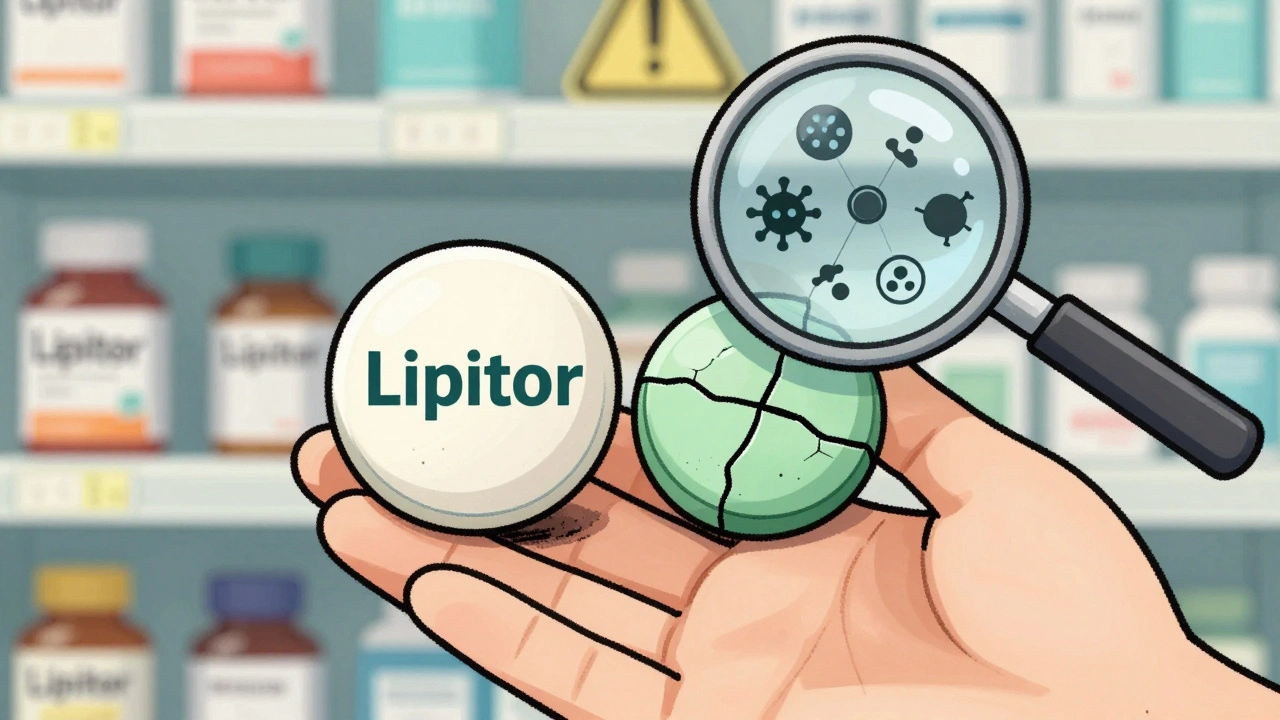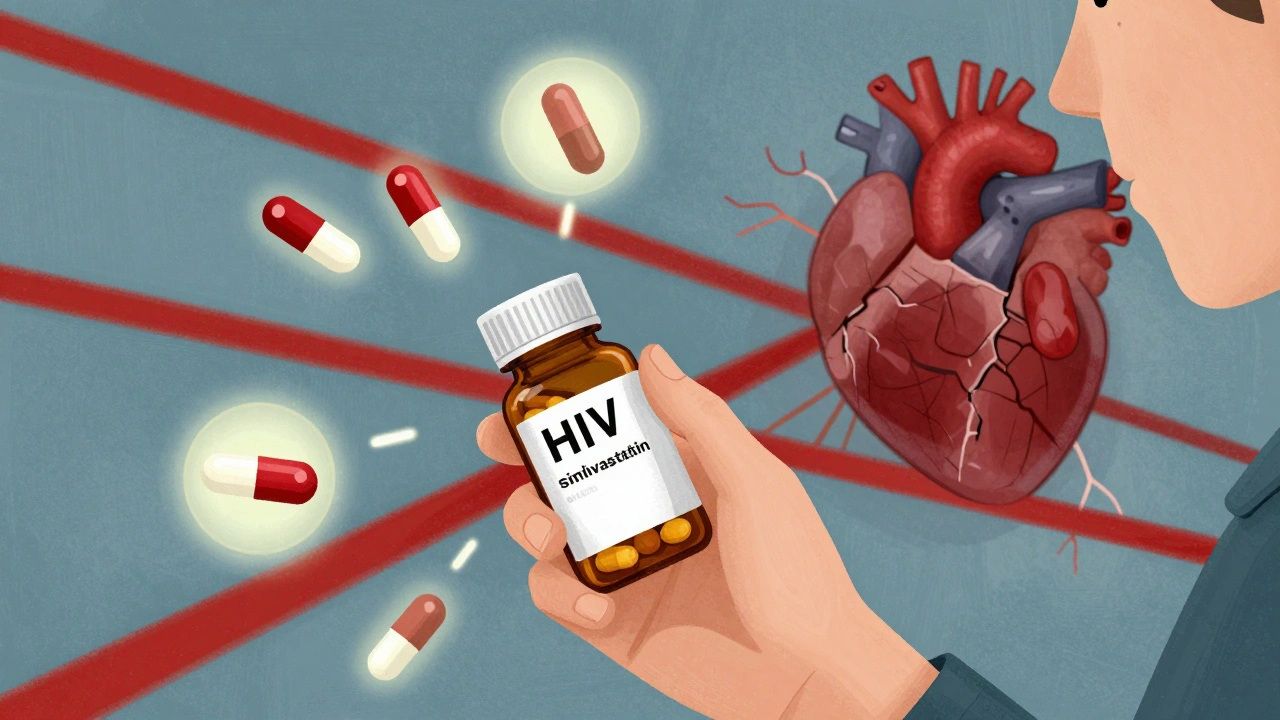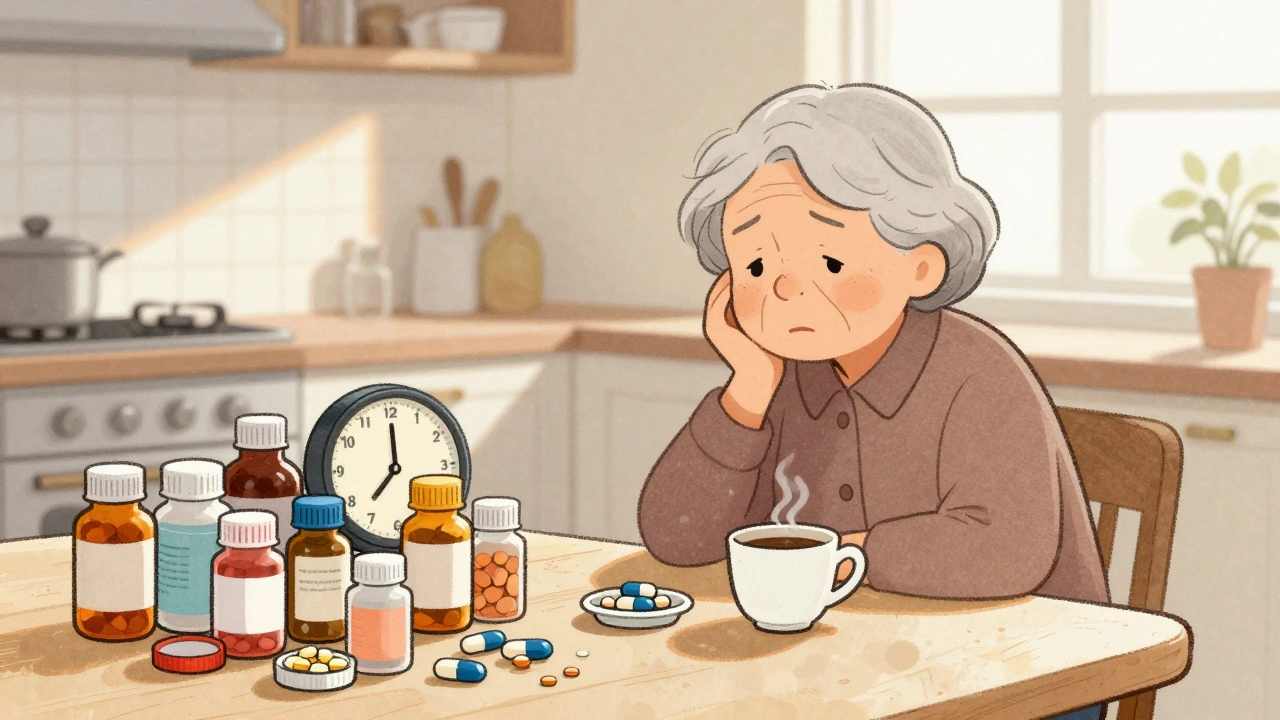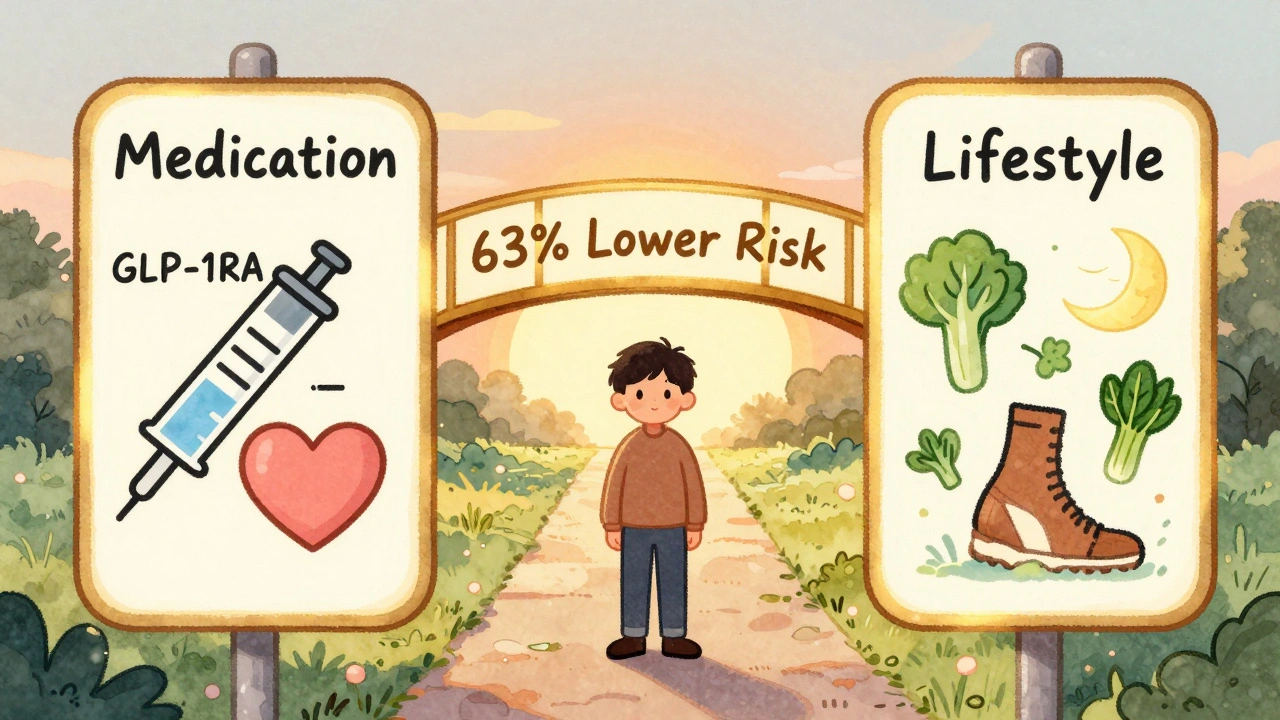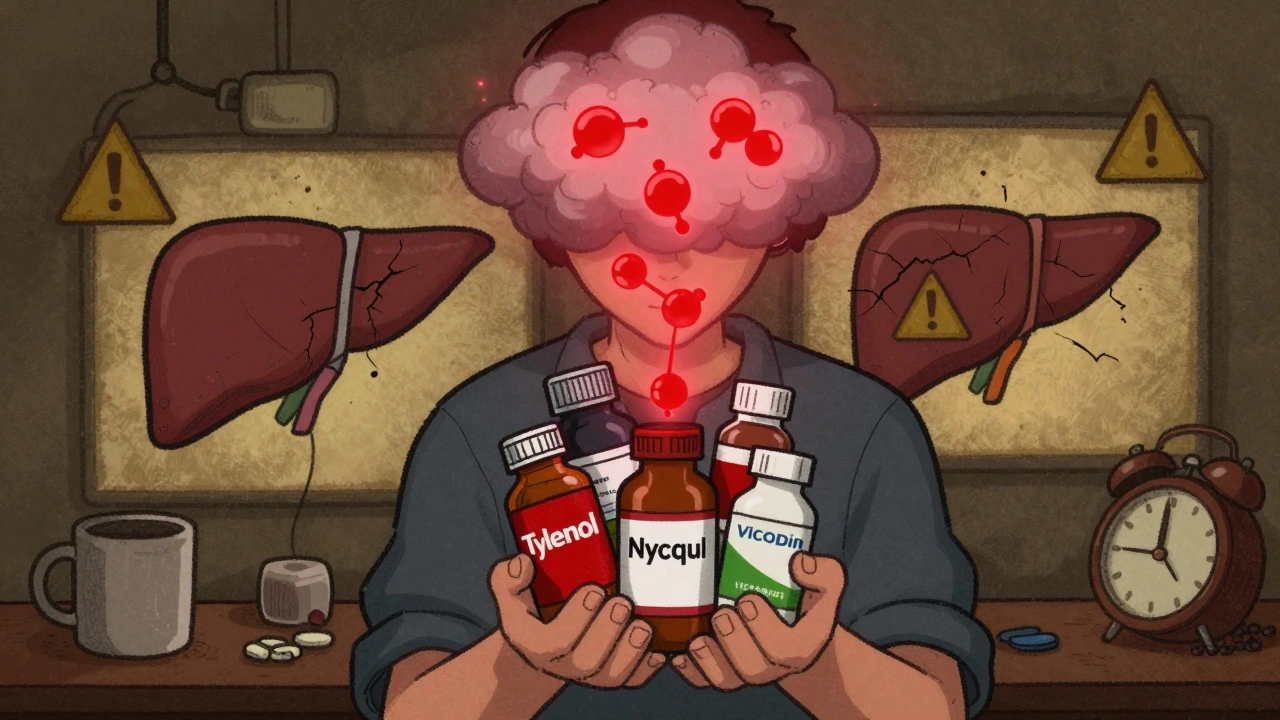Epinephrine: What It Does, Where It's Used, and Why It Saves Lives
When your body goes into crisis—whether from a bee sting, peanut allergy, or sudden asthma attack—epinephrine, a hormone and medication that rapidly reverses life-threatening reactions. Also known as adrenaline, it’s the body’s natural emergency signal, and when given as a drug, it can mean the difference between life and death. Unlike other medications that take hours to work, epinephrine acts in seconds. It tightens blood vessels, opens airways, and boosts heart function—all critical when your body is shutting down.
It’s not just for allergies. epinephrine auto-injector, a portable device designed for quick use during emergencies is carried by people with severe allergies, but it’s also used in hospitals for cardiac arrest and severe asthma attacks. anaphylaxis, a sudden, dangerous allergic reaction that can block breathing and drop blood pressure is the most common reason people need it. If you’ve ever seen someone use an EpiPen, that’s epinephrine at work—fast, simple, and life-saving.
But it’s not magic. Epinephrine doesn’t cure the problem—it buys time. After using it, you still need to go to the ER. That’s because its effects wear off in 10 to 20 minutes, and the reaction can come back harder. That’s why knowing when to use it matters more than anything. If you’re struggling to breathe, your throat is swelling, or your skin is breaking out in hives after exposure to a known trigger—don’t wait. Use it. Then call for help.
The posts below cover real-world situations where epinephrine plays a role—not just in emergencies, but in how it fits into broader health decisions. You’ll find how it relates to asthma management in children, why some people avoid it due to fear or misinformation, and how it compares to other emergency treatments. There’s also insight into how medications like ketotifen or corticosteroids are used alongside it, and why knowing the difference can change outcomes. These aren’t theory pieces—they’re grounded in what actually happens in homes, schools, and ERs.

Anaphylaxis from Medication: Emergency Response Steps You Must Know
Anaphylaxis from medication is a life-threatening emergency that requires immediate action. Learn the critical steps: lay flat, give epinephrine right away, call emergency services, and never wait for a rash. This is how to save a life.

